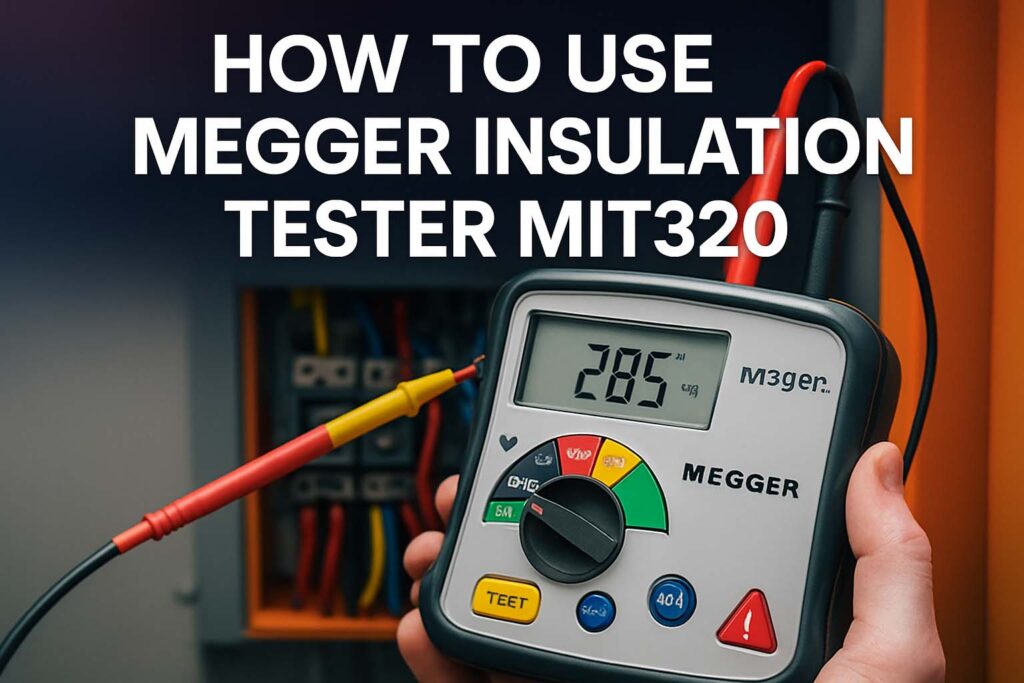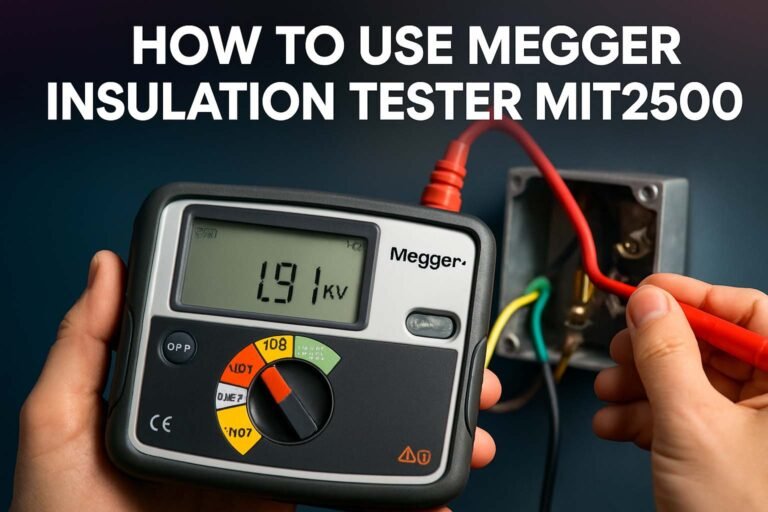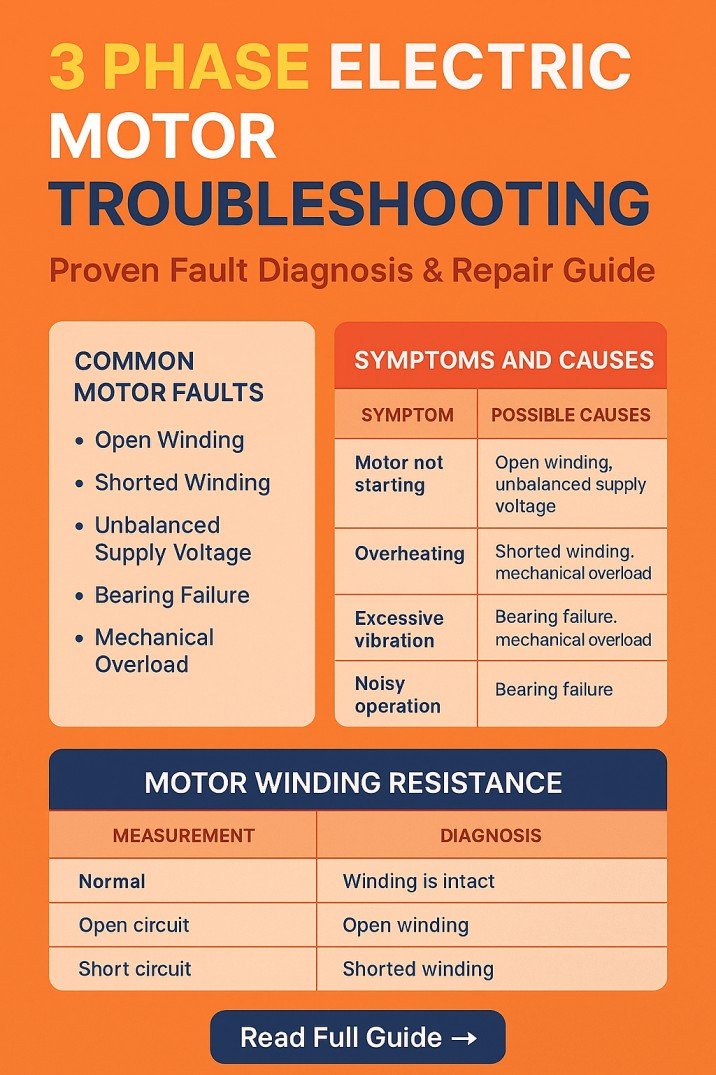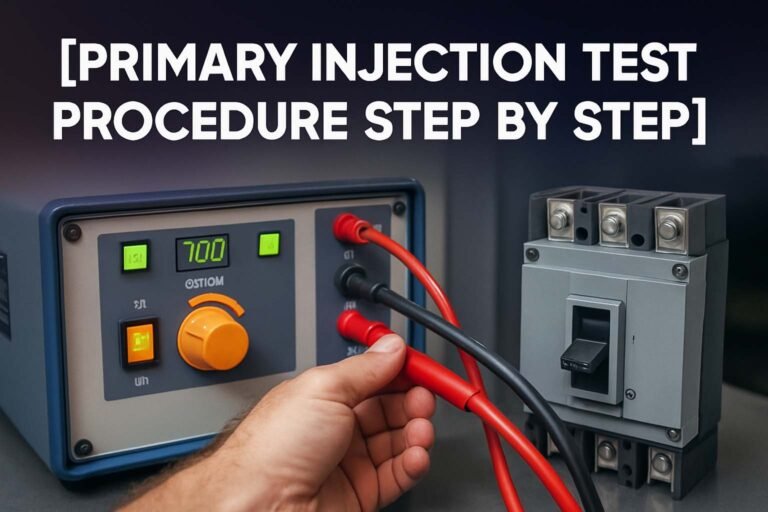How to Use Megger Insulation Tester MIT320
The Megger insulation tester MIT320 is a professional-grade device used for testing the insulation resistance in electrical systems. It’s widely used by electricians, engineers, and maintenance personnel to assess the health of electrical circuits and ensure safety standards are met. If you’re working with electrical installations, learning how to use the Megger insulation tester MIT320 can make your job safer and more efficient.

In this comprehensive guide, you’ll learn what the MIT320 is, how to use it step by step, its applications, safety tips, and more. Whether you’re new to electrical testing or want to refine your knowledge, this guide is for you.
What is a Megger Insulation Tester MIT320?
The Megger insulation tester MIT320 is a handheld digital instrument designed to measure insulation resistance in various electrical systems. It is suitable for industrial, commercial, and residential applications. This model is known for its durability, precision, and ease of use.
The insulation tester operates by applying a DC voltage across insulation and measuring the resistance. A high resistance indicates good insulation, while low resistance can signal potential faults or breakdowns.
The MIT320 is part of the Megger MIT300 series and is equipped with features such as continuity testing, voltage detection, and backlit display.
Know more about What is Difference Between Megger and Insulation Tester
Features of the Megger Insulation Tester MIT320
The MIT320 comes with multiple features that make it ideal for day-to-day electrical testing. Here’s a quick overview:
| Feature | Description |
|---|---|
| Test Voltage | 250V, 500V, 1000V |
| Insulation Resistance Range | Up to 999 MΩ |
| Continuity Testing | Yes, with buzzer |
| Voltage Warning | Displays AC/DC voltage above 25V |
| Display | Digital with backlight |
| Safety Ratings | CAT III 600V, IP54 enclosure |
| Auto Power Off | To save battery life |
These features allow users to perform a range of electrical tests with precision and safety.
Applications of Megger Insulation Tester MIT320
The Megger insulation tester MIT320 is commonly used in the following scenarios:
- Testing insulation resistance in cables, motors, and switchgear
- Preventive maintenance of industrial equipment
- Pre-commissioning checks of electrical installations
- Continuity tests in residential circuits
- Troubleshooting faulty wiring
Because of its reliability and accuracy, it’s a preferred tool in industries like construction, maintenance, manufacturing, and utilities.
Know more about Best Megger Insulation Tester 10kV
Safety Precautions Before Using MIT320
Before using the megger insulation tester mit320, it is essential to follow some basic safety protocols.
Always disconnect the equipment under test from the power supply. The Megger tester outputs high voltage during insulation testing, which can be dangerous if applied to live circuits.
Inspect the test leads for wear or damage. Never use the tester if the cables are frayed or damaged.
Use appropriate personal protective equipment like gloves and safety glasses.
Ensure that you understand the working voltage and environment of the circuit you’re testing to prevent damage to the tester or equipment.
How to Use Megger Insulation Tester MIT320 Step by Step
Now, let’s go through the process of using the megger insulation tester mit320 for insulation testing.
Step 1: Prepare the Equipment
Turn off the power supply to the circuit or device under test. Confirm it with a voltage detector. Disconnect any loads connected to the circuit.
Step 2: Set the Test Voltage
Select the desired test voltage using the rotary selector switch. Common values include 250V for low-voltage systems and 500V or 1000V for higher insulation levels. Always refer to the equipment manual for the recommended test voltage.
Step 3: Connect the Test Leads
Connect the black lead to the common terminal and the red lead to the insulation test terminal. Attach the probes to the two test points of the device or circuit. Ensure a firm and stable connection.
Step 4: Perform the Test
Press and hold the “Test” button. The tester will apply voltage and display the insulation resistance value. A healthy insulation should read in the range of several hundred megaohms or higher.
Step 5: Interpret the Reading
If the resistance is very low (below 1 MΩ), it may indicate poor insulation. Medium values (1–20 MΩ) suggest aging insulation. High values (100+ MΩ) are typically good.
Step 6: Record and Analyze
Note down the values for documentation and future comparison. Always compare results with previous readings or manufacturer standards.
Know more about How to Use Megger Insulation Tester 5000V
Continuity Testing Using MIT320
The megger insulation tester mit320 also offers continuity testing with a buzzer. It helps check if conductors are electrically connected.
To perform continuity testing:
- Set the tester to the continuity mode (marked with a diode or buzzer icon).
- Place the test probes on both ends of the conductor or circuit path.
- If the buzzer sounds, it means the circuit is continuous.
- If there’s no sound or a high resistance reading, the wire may be broken.
Voltage Detection Feature
The tester also detects the presence of voltage automatically. If it senses more than 25V AC or DC, it will show a warning symbol and prevent insulation testing.
This feature ensures that users don’t perform insulation tests on live circuits, which could lead to equipment damage or personal injury.
Know more about How to Use Megger Insulation Tester 1000V
Tips for Accurate Testing
Always test in a dry, clean environment to prevent inaccurate readings caused by moisture or contamination.
For motor windings, test between each winding and earth. Also, test between each pair of windings.
Allow time after applying the test voltage, especially for large capacitive circuits, so the resistance can stabilize.
Discharge the equipment after testing to ensure there’s no stored voltage.
Troubleshooting with MIT320
Here are some common issues and what they might mean:
| Issue | Possible Cause |
|---|---|
| Low insulation resistance | Moisture, damaged insulation, overheating |
| No continuity beep | Broken wire or loose connection |
| Voltage warning active | Circuit is still live |
| Display not turning on | Low battery or internal fault |
Regular calibration and battery checks are essential to maintain test accuracy.
Know more about How Does a Megger Insulation Tester Work
Maintenance of Megger Insulation Tester MIT320
Keep your megger insulation tester mit320 in a clean, dry case. Avoid exposing it to extreme temperatures or humidity.
Replace batteries as soon as the low-battery indicator appears. Use only recommended battery types.
Test leads should be inspected regularly and replaced if insulation is worn.
The tester should be recalibrated annually or as per your quality standards.
Benefits of Using Megger MIT320
There are several benefits to using the megger insulation tester mit320 over other models:
- It’s portable and easy to use on-site.
- It has fast response time and auto-hold function for readings.
- It offers both insulation and continuity testing.
- Its voltage detection feature prevents dangerous operations.
- It complies with international safety standards.
These features make it a smart investment for professionals who perform regular electrical testing.
Conclusion
The megger insulation tester mit320 is a versatile and essential tool for any professional involved in electrical maintenance or installation. It allows accurate testing of insulation resistance, checks continuity, and ensures safety through built-in voltage detection.
By following the proper usage techniques, safety protocols, and maintenance practices outlined in this guide, you can confidently and effectively use the MIT320 in your daily work.
Follow Us on Social:
Subscribe our Newsletter on Electrical Insights for latest updates from Electrical Engineering Hub
#MeggerTester, #MIT320, #InsulationTesting, #ElectricalTesting, #MeggerMIT320, #InsulationResistance, #ElectriciansTool, #TestEquipment, #ElectricalInspection, #MeggerGuide, #ElectricalSafety, #HowToUseMegger, #InsulationTester, #ElectricalEngineeringTools, #VoltageTesting






